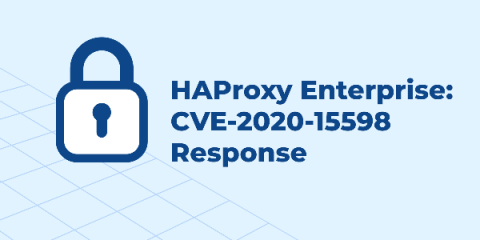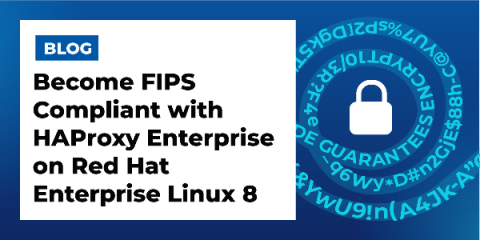CVE-2020-15598: HAProxy Enterprise Unaffected Due to ModSecurity Hardening Measures!
The OWASP ModSecurity Core Rule Set team has reported a Denial of Service vulnerability in ModSecurity version 3.x that allows an attacker to send a crafted payload that exploits a flaw in how regular expressions are matched within the software. A CVE (CVE-2020-15598) was assigned to this vulnerability and it has been rated with a CVSSv3 score of 7.5 (high).










